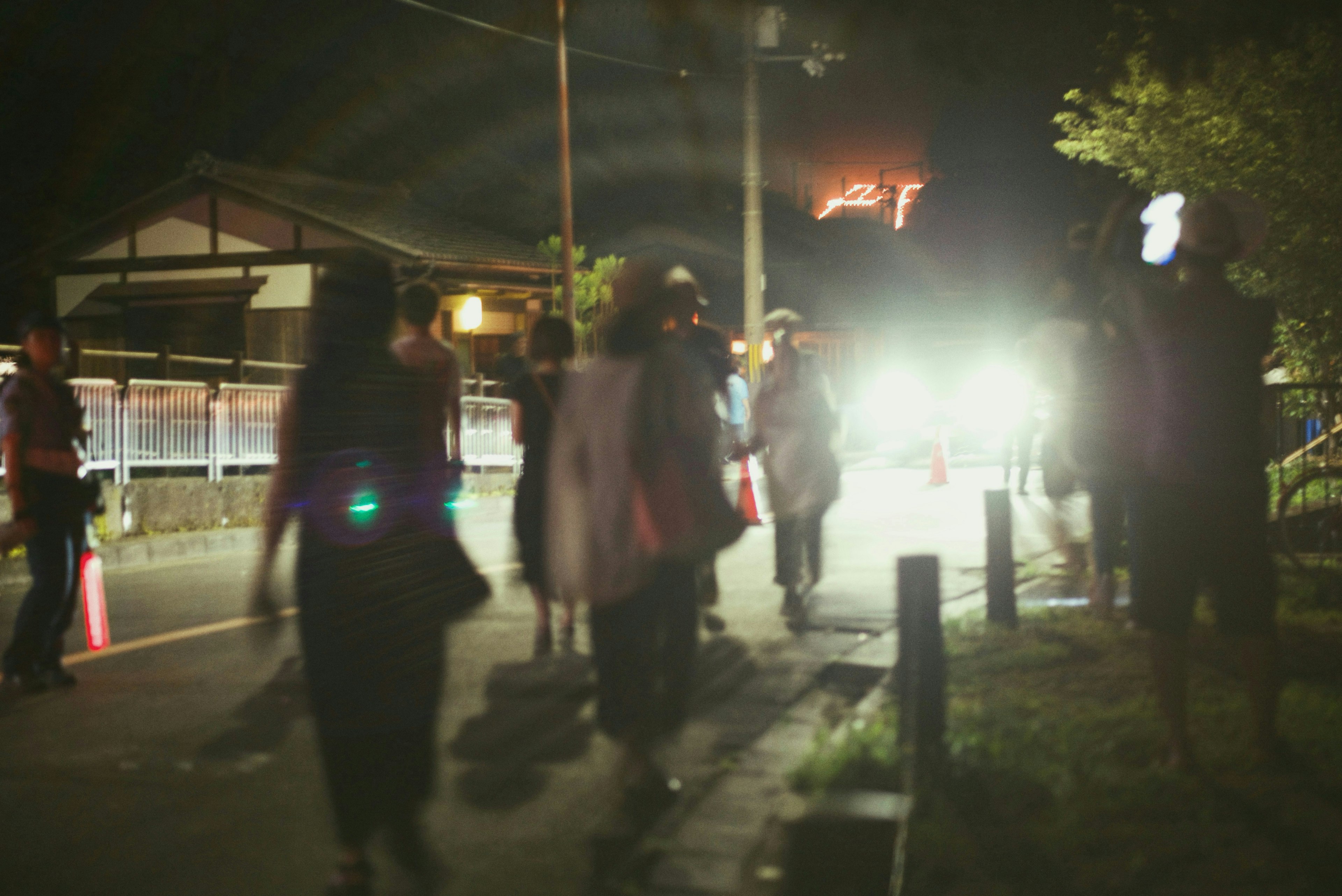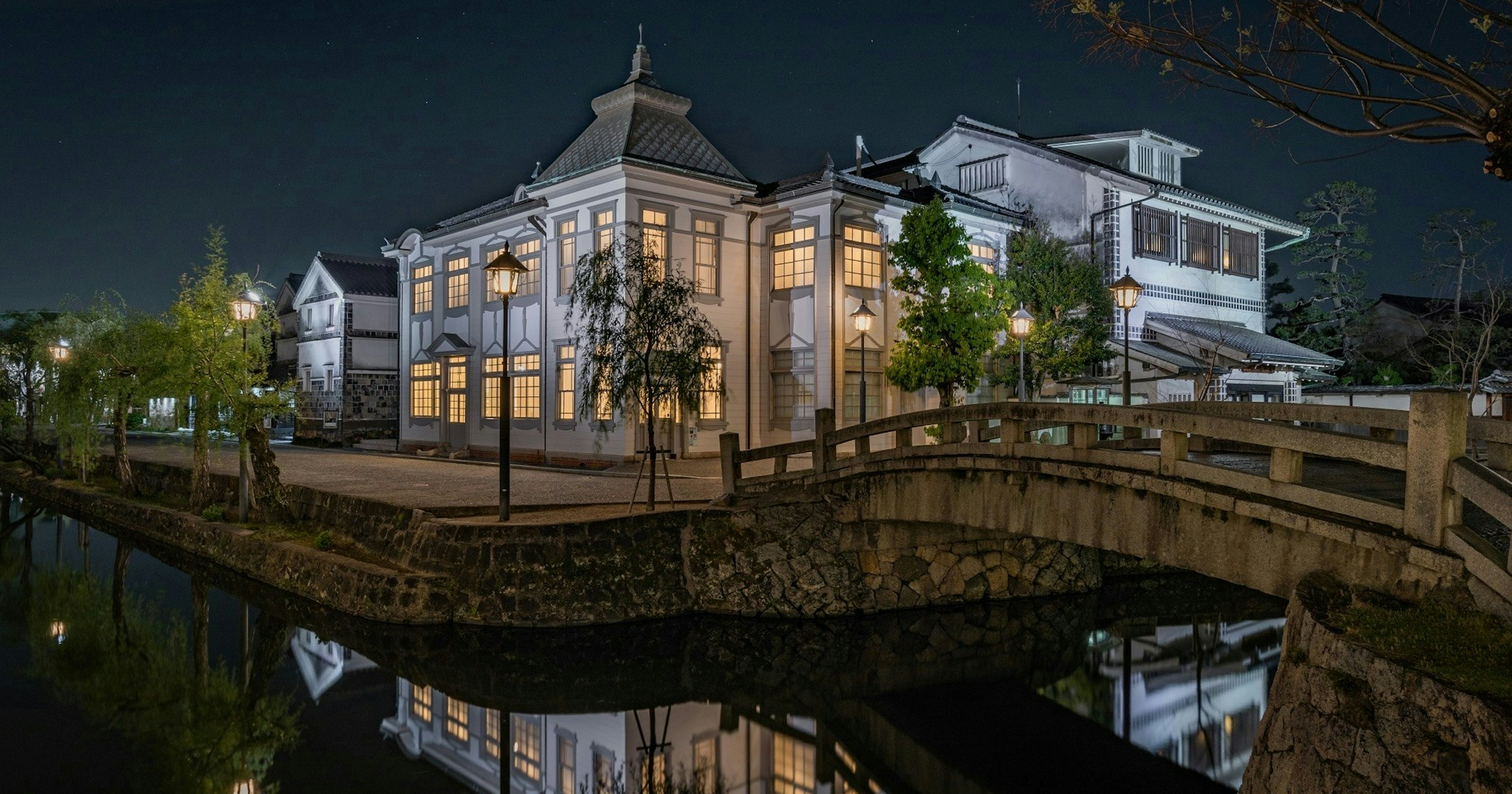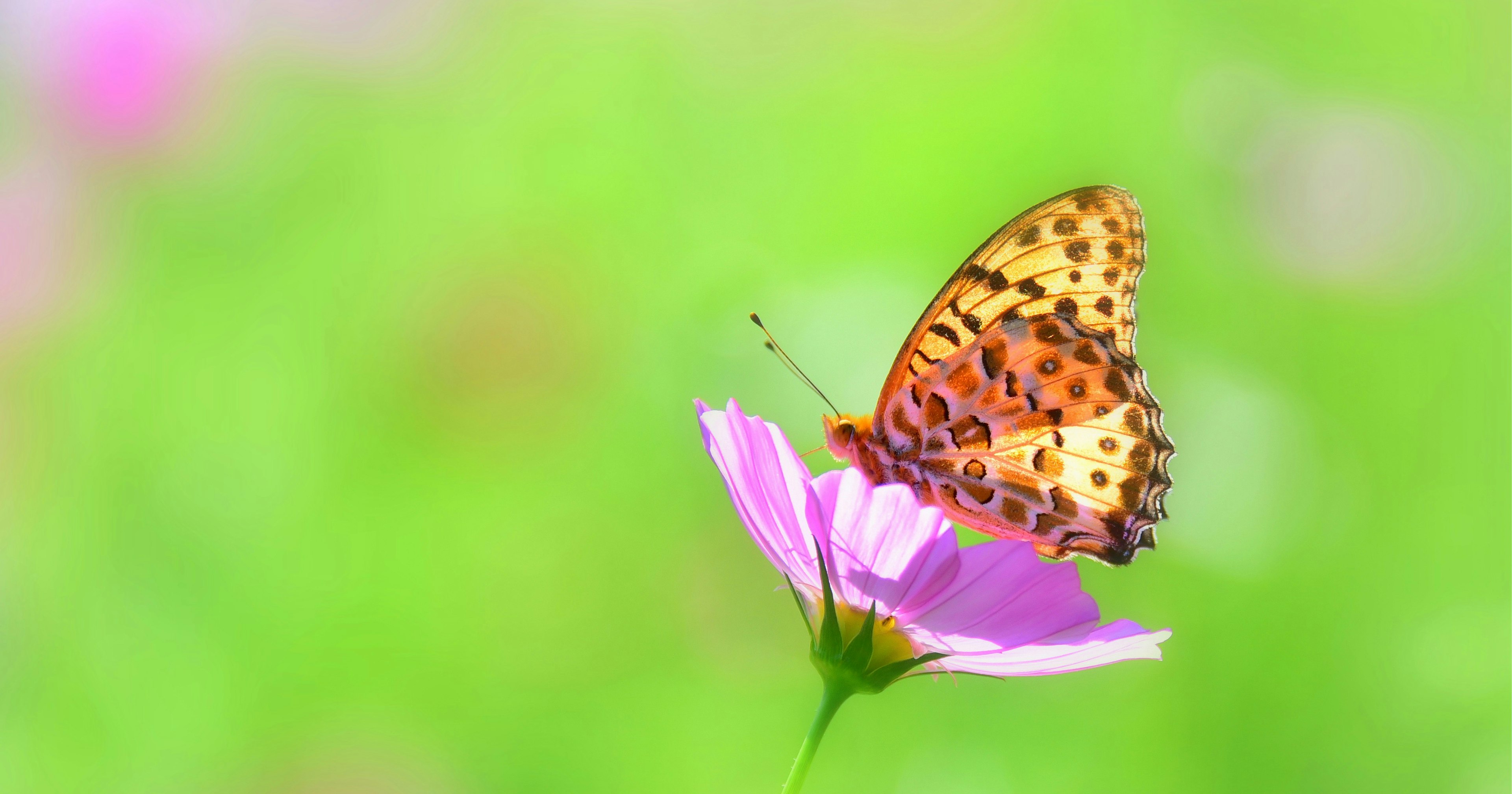Illuminate Kyoto's Summer Nights with Gozan no Okuribi | History and Photography Spot Guide | Focus #283

Cover image by yuko.
Gozan no Okuribi is a traditional event known as a summer spectacle in Kyoto, captivating many creators for centuries.
Every year on August 16th, the sight of large fire characters lit on five mountains presents a perfect opportunity to capture moments where Japanese culture and history intersect.
This time, we introduce photos of the Okuribi along with useful information for photography in the coming years.
What is Gozan no Okuribi?

Image by Yukihiro
Gozan no Okuribi is a traditional event where large fires are lit on five mountains in Kyoto, marking the end of Obon and sending off ancestral spirits. The five fire characters, "Daimonji", "Myoho", "Funagata", "Toriigata", and "Hidari Daimonji", create a grand and mystical scene as they illuminate the night sky.
Especially through the lens of a camera, capturing these moments can convey a quiet intensity in the photographs.
Origins of Okuribi

Image by kyokyo
The origins of Gozan no Okuribi are varied, but the most prominent theory dates back to the late Heian to Kamakura periods. It is said that Kyoto's aristocrats and samurai lit these fires to honor and send off the spirits of ancestors and the deceased.
Religious backgrounds such as Jodo and Tendai Buddhism are deeply involved, and Okuribi has been regarded as an important ritual for safely sending the souls of the dead to the afterlife. This tradition has been passed down over the years to its current form.
Photography Spots for Okuribi

Image by Yukihiro
Choosing the right photography spot is crucial for beautifully capturing Gozan no Okuribi. Each fire character has different ideal locations, and the best spot varies depending on the photographer's aim.
Daimonji
The "Dai" character lit on Mount Nyoigatake (Daimonji-yama) in Higashiyama is best captured along the Kamo River. Especially the views from Kamo Bridge or near Demachiyanagi offer spectacular vistas, with the flames reflecting on the river creating enchanting photos. The view from Yoshida Hill is also popular, allowing for an elevated perspective of the entire scene.
Myoho
The "Myo" and "Ho" characters lit simultaneously on the two mountains of Nishiyama and Higashiyama in Matsugasaki are best viewed from around Matsugasaki Station or the Kitayama Street area along the Takano River. They can also be seen from the southern Kitaoji Street, so look for spots to avoid the crowds.
Funagata
For the Funagata fire lit on Funa-yama in Nishigamo, the area near Saihoji Temple in Kita Ward is a primary photography spot. To get a full view of the Funagata, the view from the parking lot of Saihoji is suitable. It can also be clearly seen from the Kamo River, especially around Nishigamo Bridge.
Toriigata
The Toriigata fire lit on Mandara-yama is ideally photographed from the Arashiyama area. From near Togetsukyo Bridge, you can see the Toriigata fire character blending with the natural scenery, enjoying a fusion with traditional Kyoto landscapes. Hirosawa Pond, located on the east side of the mountain, is also famous as a photography spot.
Hidari Daimonji
The left "Dai" character lit on Daimonji-yama in Okita-yama is best photographed from Nishioji Street near Kinkakuji. Additionally, the Hidari Daimonji can also be seen from Arashiyama, where you can find a perfect spot to capture both.



